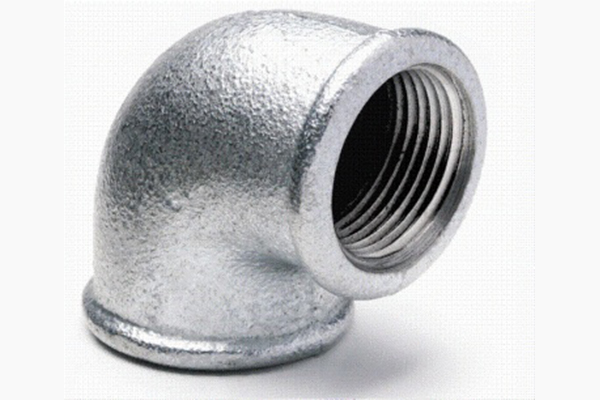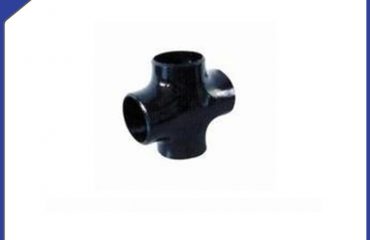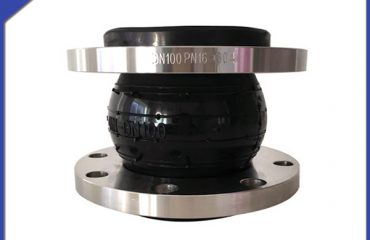
Malleable Iron Fitting can be used to forge cast iron fittings. The following introduces their material characteristics, common types, and other aspects:
Material characteristics
Good toughness and ductility: malleable cast iron undergoes specific heat treatment processes, such as annealing, to make the graphite in it agglomerate and have less cutting effect on the matrix, thus possessing high plasticity and toughness. Compared with other cast iron materials, it can withstand external impact and vibration more effectively and is less prone to fracture.
High strength and hardness: malleable cast iron has a certain strength and hardness, which can meet the pressure and stress requirements that pipeline systems can withstand during normal operation, withstand high mechanical stress, and ensure the reliability and stability of pipeline connections.
Machinability: Forged cast iron fittings can undergo mechanical processing operations such as cutting, drilling, and tapping, making it easy to adjust dimensions and change connection methods according to actual needs during installation.
Common types
Elbows: Used to change the direction of pipelines, common ones include 90 ° elbows and 45 ° elbows, allowing pipelines to adapt to different layouts and directions.
Three way: mainly used at the branching point of pipelines, a pipeline can be divided into two or three branch pipelines to achieve fluid diversion or convergence. There are two types: equal diameter three way and reducing diameter three way.
Four way: Usually used at the vertical cross connection of pipelines to achieve pipeline connection in four directions, there are also equal diameter four way and reduced diameter four way.
Pipe clamp: also known as a sleeve, used to connect two pipes with the same nominal diameter to extend the pipeline.
Flexible joint: It consists of two interlocking pipe joints with male and female ports, as well as a sleeve connecting the male and female ports. The interlocking parts are lined with rubber pads or asbestos paper pads to prevent water leakage, making it easy to disassemble the pipeline without rotating it. It is used for pipelines that require frequent disassembly and repair.
Screw plug: also known as a plug or plug, it is an external thread used to block the hole of a pipe fitting to prevent fluid leakage.
 Language
Language Espanol
Espanol English
English Italian
Italian عربى
عربى
 Skype: chinamaker99
Skype: chinamaker99  Tel: 86-316-5120812
Tel: 86-316-5120812 Email:
Email:  Whatsapp:
Whatsapp: 
